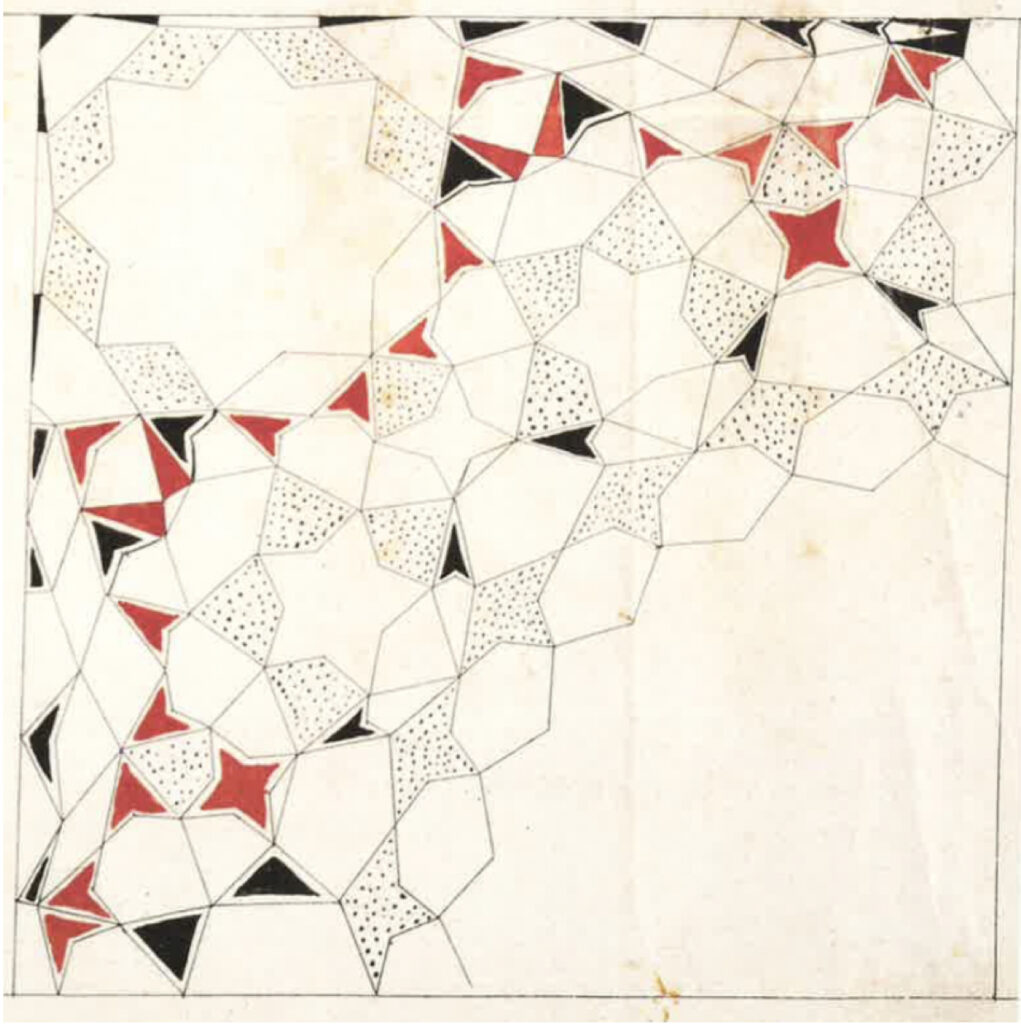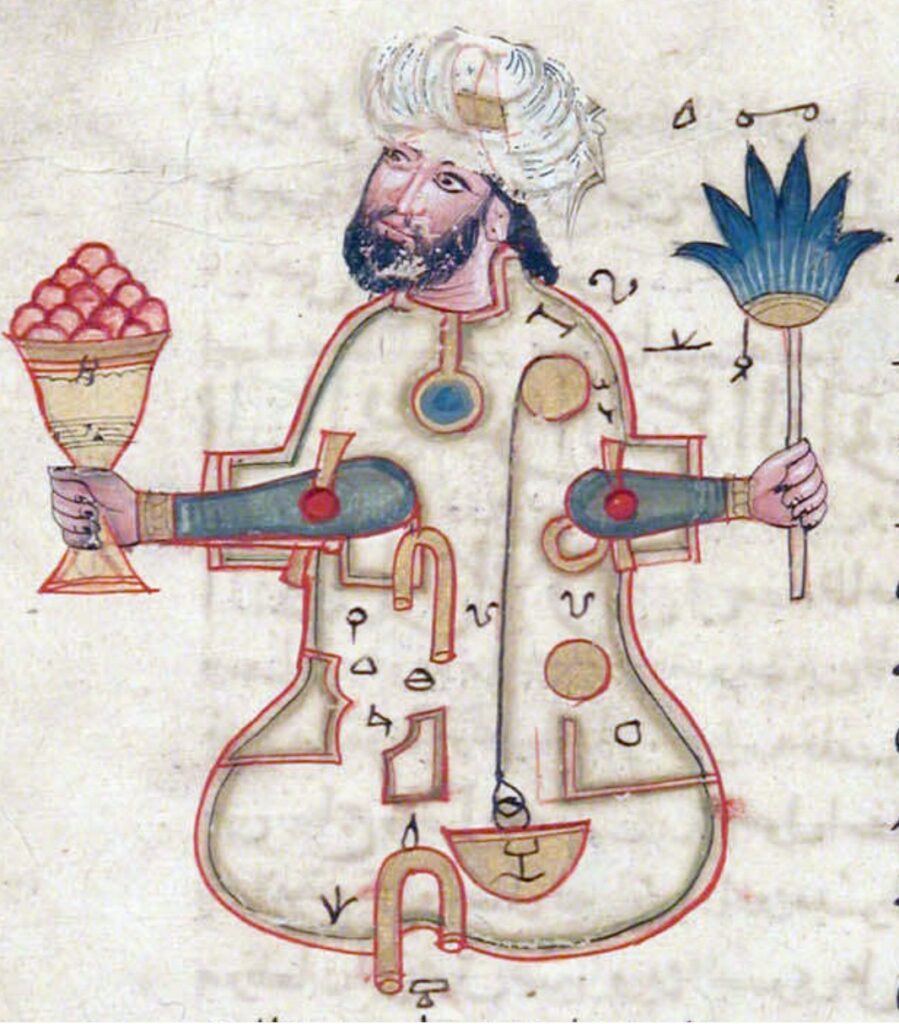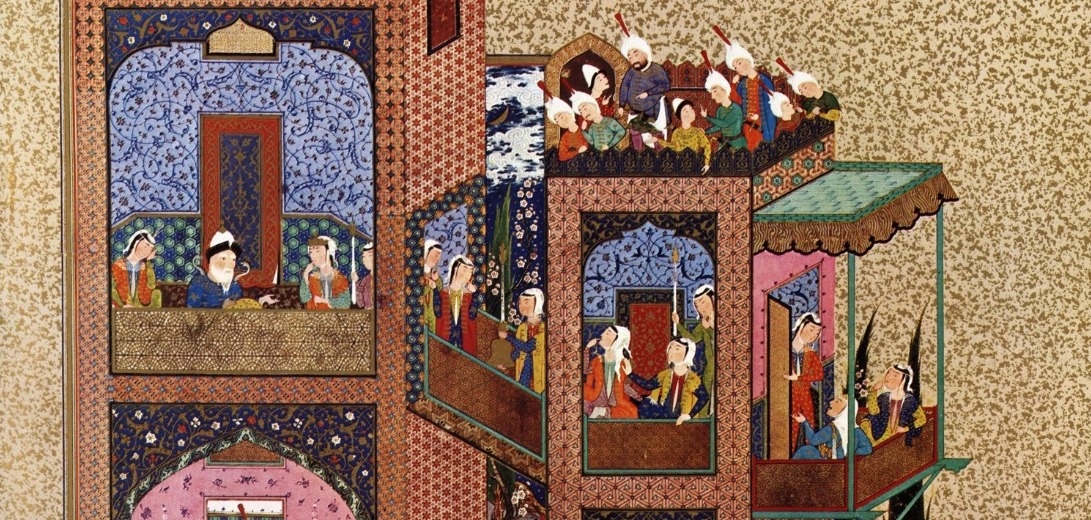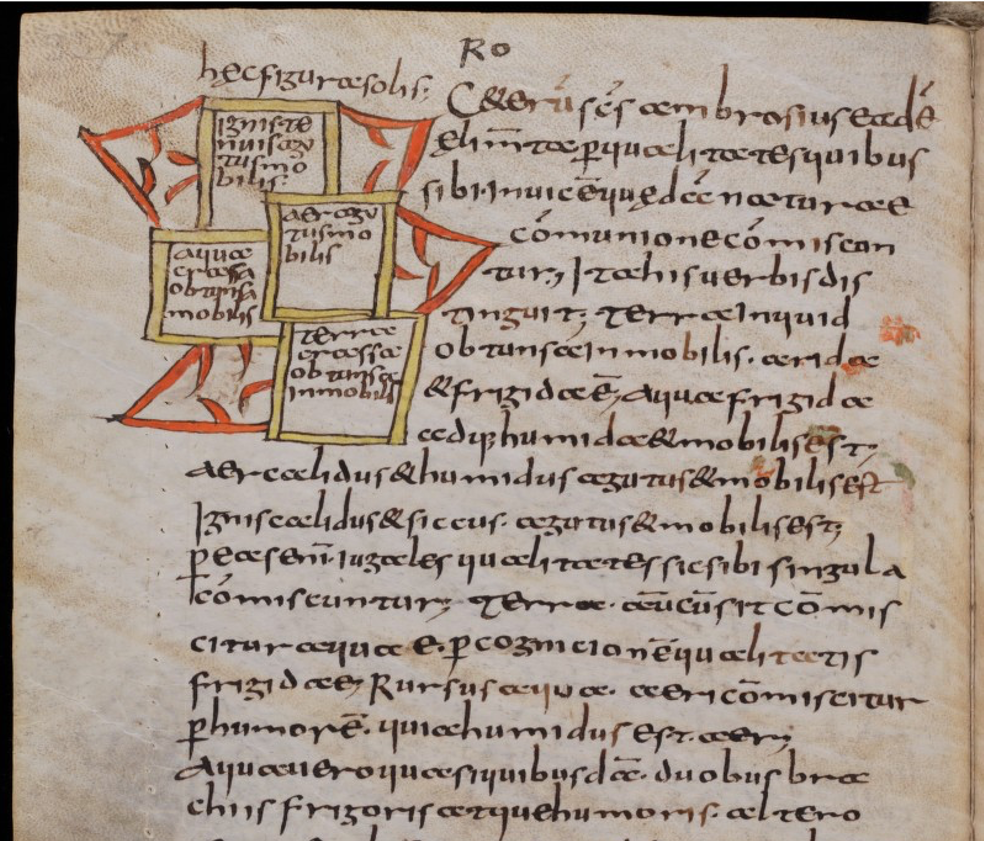Is it possible to inhabit space beyond one’s own dimension? In Flatland, Edwin Abbott’s biting social commentary by means of geometric thought experiment, the protagonist, Square A, repeatedly confronts the limits of communicating across dimensions. His attempts to explain a planar figure to points and lines comes to naught as common sense, empiricism, and demonstrative reasoning prove to be of no use. Square A’s own conversion to three-dimensionality very nearly also fails. Having mastered sight recognition in his own dimension, Square A is finally stunned into belief as he is launched above Flatland, physically and imaginatively moved out of one dimensionality into another to view the unending horizon.

A decade later, in the opening lines of his Stilfragen (1893), Alois Riegl described the shift from copying nature in clay to inventing the drawn, engraved, and painted line as the “truly creative act.” Through abandoning mimetic instinct in favor of a free imagination-and moving from three-dimensional models to seemingly two-dimensional representations-art and artists were born. In turns self-serving, unfalsifiable, and absurd, Riegl’s polemics nonetheless approach Abbott’s fantasy to coalesce around the weighty issue at hand, namely, what is at stake in moving between dimensions?
Much has been written about the mechanics of projection and perspective, on the ways in which three dimensions can be captured on the picture plane, or on the role of drawn plans in executing feats of engineering. In this workshop, we hope to foreground instead other socially-contingent processes like imagination, memory, and the mind’s vision. What can be gained if we understand images, schemata, objects, architecture, and pictures not as direct outputs of a particular mode of perception but as representations of human creativity?

The workshop on medieval Western and Islamic art and art history will be held online on April 23, April 30, and May 28.
Our participants:
Alex Brey, Wellesley College
Tamara Golan, University of Chicago
Alya Karame, American University of Beirut
Megan McNamee, University of Edinburgh
Eszter Nagy, Independent Researcher, Budapest
Yael Rice, Amherst College
Martin Schwarz, University of Basel
David Zagoury, The Getty Research Institute
Emily Zazulia, University of California, Berkeley
Concept and organization by Meekyung MacMurdie and Saskia C. Quené
Please let us know if you want to join our discussions!



